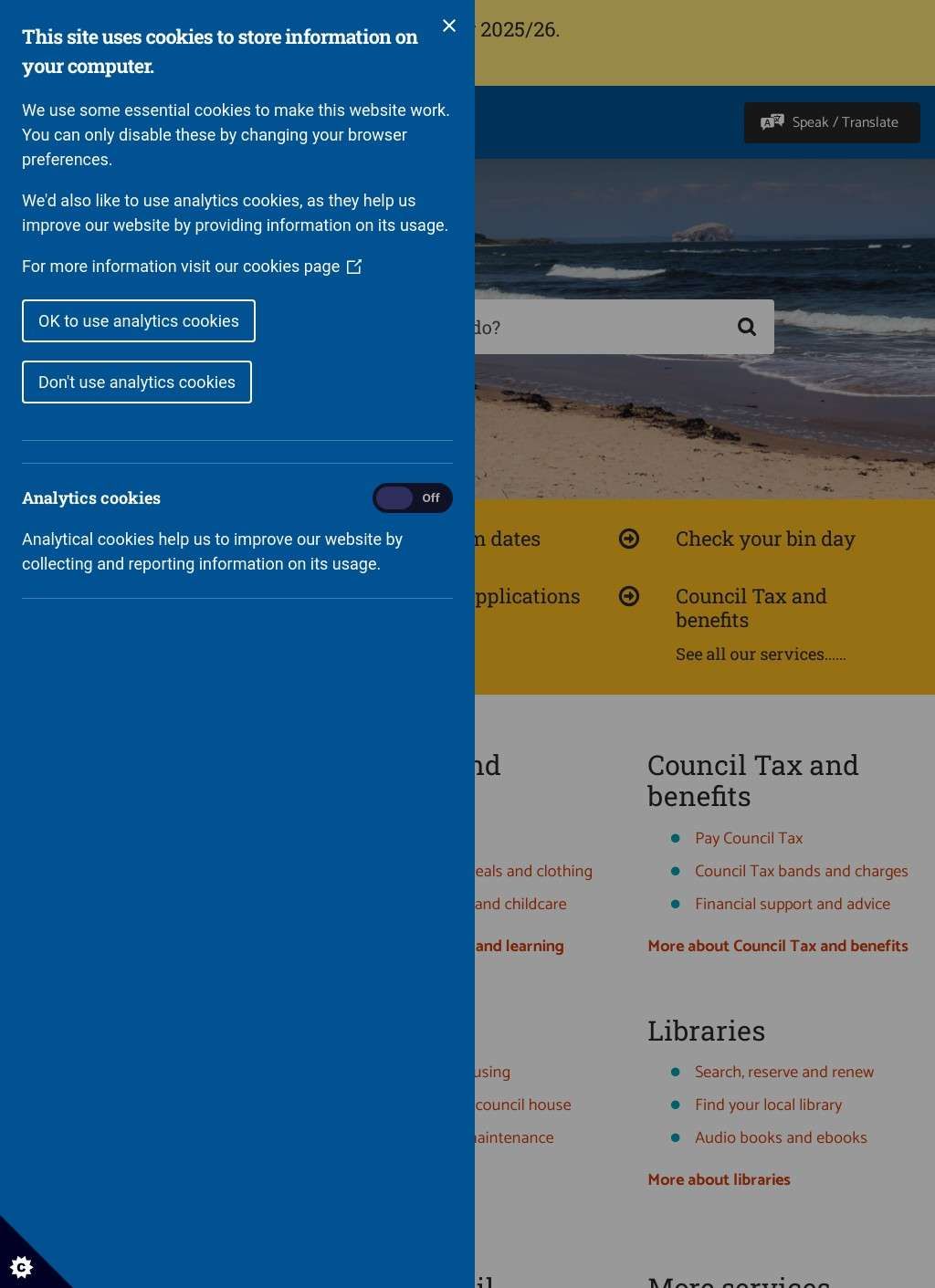East Lothian Council serves as the principal local government authority for one of Scotland's most dynamic regions, managing services for over 100,000 residents across a diverse county stretching from Musselburgh on the outskirts of Edinburgh to Dunbar near the Scottish Borders. The council operates from its headquarters at John Muir House in Haddington, a modern extension to the historic County Buildings that housed the pre-1975 East Lothian County Council. As one of Scotland's 32 unitary authorities, East Lothian Council bears responsibility for delivering comprehensive public services including education, housing, social care, planning, environmental health, and economic development across an area renowned for its stunning coastline, agricultural heritage, and growing business sector.
Economic development stands as a cornerstone priority for East Lothian Council, with ambitious plans to create a prosperous, safe and sustainable region featuring a dynamic and thriving economy. The council's economic development team actively works with businesses of all sizes, from start-ups to established enterprises, providing crucial support through Business Gateway East Lothian. Recent initiatives include launching in-person business networking events, developing agritourism opportunities that showcase the region's farm-based experiences, and establishing Scotland's first on-campus Business Gateway at Queen Margaret University. The council has also been instrumental in major infrastructure projects, including the Edinburgh Innovation Hub – a £100 million joint venture with Queen Margaret University designed to become a nationally significant centre for innovation-driven business growth and high-value employment creation.
The council's commitment to digital infrastructure proves particularly noteworthy, with teams working to improve ultrafast broadband access in smaller communities through projects like the Openreach initiative in Whittingehame using Scottish Government R100 funding. Strategic land development represents another key focus, with the council's acquisition and redevelopment plans for the former Cockenzie Power Station site demonstrating forward-thinking economic planning. This 250-acre coastal site holds potential for renewable energy projects, manufacturing, and port-related activities, positioning East Lothian at the forefront of Scotland's green energy transition. The council also supports town centre regeneration through initiatives like the Haddington town centre improvement scheme, recognising the vital role of vibrant high streets in local economic health.
During challenging times, East Lothian Council has demonstrated remarkable responsiveness to community needs. Throughout the COVID-19 pandemic, the council processed thousands of business support grants totalling millions of pounds, partnered with local businesses to protect frontline staff, and channelled funding to third sector groups supporting vulnerable residents. The East Lothian Giftcard scheme encouraged local spending to support high street recovery, whilst specific initiatives like the Preston Seton Gosford 'shop local' campaign helped sustain community businesses. This crisis response exemplified the council's ability to act swiftly whilst maintaining focus on long-term strategic objectives, including the ambitious East Lothian Economic Development Strategy that guides growth over the next decade.
Education and skills development form integral components of the council's service delivery, with the authority managing numerous primary and secondary schools across the region. The council's partnership approach extends to higher education, notably through collaboration with Queen Margaret University on various initiatives including teacher training programmes and the Edinburgh Innovation Hub. Community engagement remains central to council operations, with 20 Community Councils providing grassroots representation and the East Lothian Community Choices platform enabling participatory budgeting. Regular community forums and consultations ensure resident voices shape major decisions, from service delivery models to strategic planning applications.
Environmental sustainability and climate action increasingly influence council policies and operations. East Lothian's stunning natural environment, including beaches, countryside, and the John Muir Way, requires careful stewardship balanced with development needs. The council manages numerous environmental initiatives, from waste reduction and recycling programmes to biodiversity projects and renewable energy schemes. Planning decisions consider environmental impact alongside economic benefits, ensuring development enhances rather than compromises East Lothian's natural assets. The council's climate change strategy addresses both mitigation and adaptation, recognising the urgent need for action whilst supporting communities through the transition to net-zero emissions.
Looking ahead, East Lothian Council faces opportunities and challenges common to Scottish local authorities – balancing budget constraints with service demands, managing growth whilst preserving character, and supporting economic development whilst addressing climate change. Key projects include completing the Edinburgh Innovation Hub, maximising the potential of strategic sites like Cockenzie, and continuing digital infrastructure improvements. The council's vision of creating an even more prosperous, safe and sustainable East Lothian requires continued partnership working with businesses, communities, and regional bodies. Through maintaining its reputation for innovation, responsiveness, and strategic thinking, East Lothian Council positions the region for continued success as a desirable place to live, work, visit, and invest.
